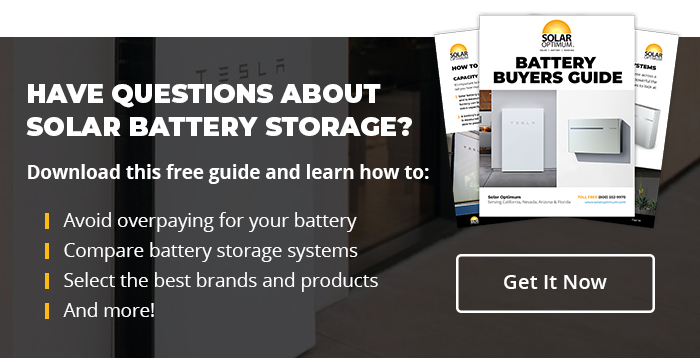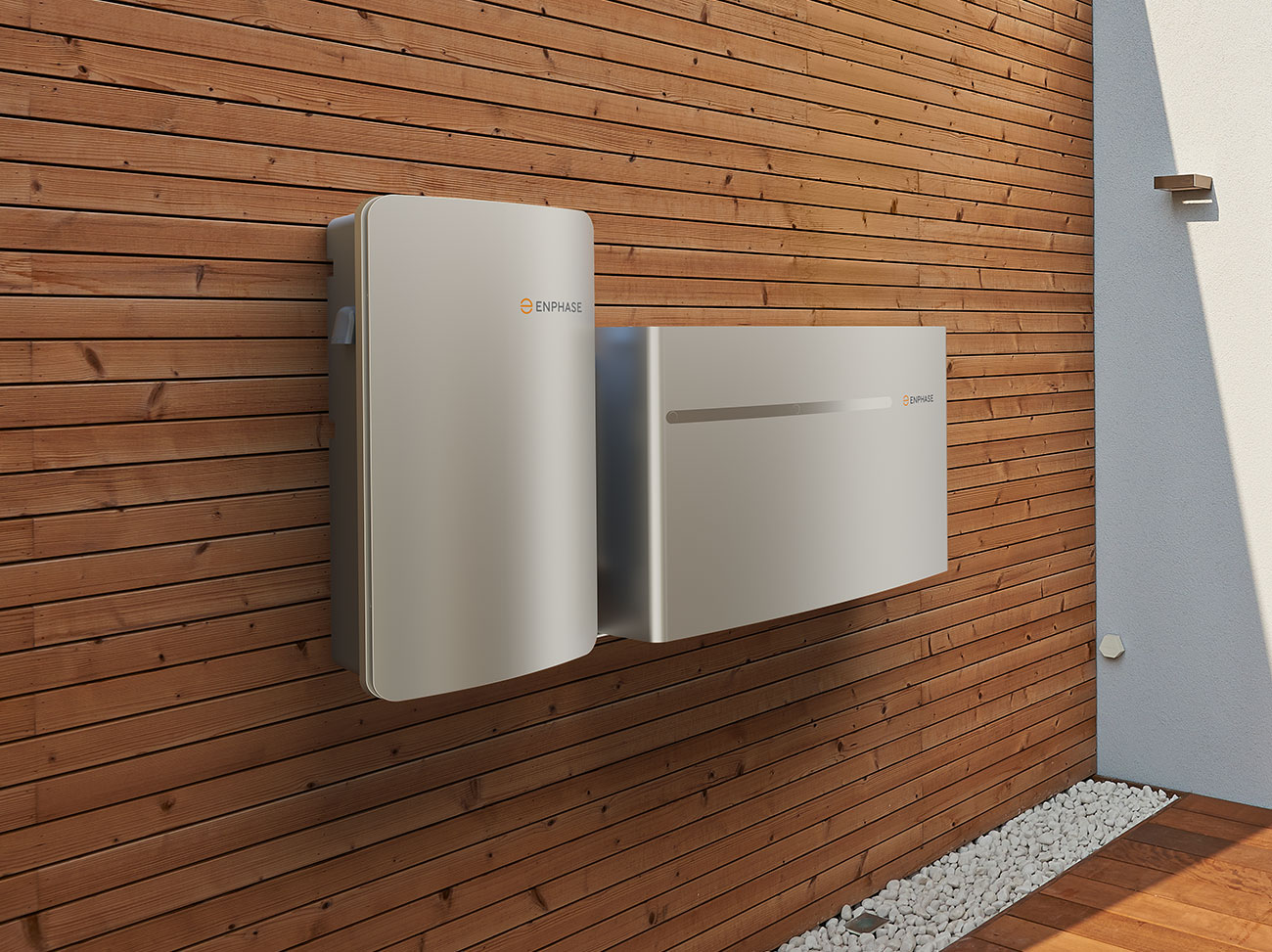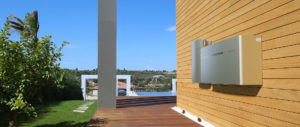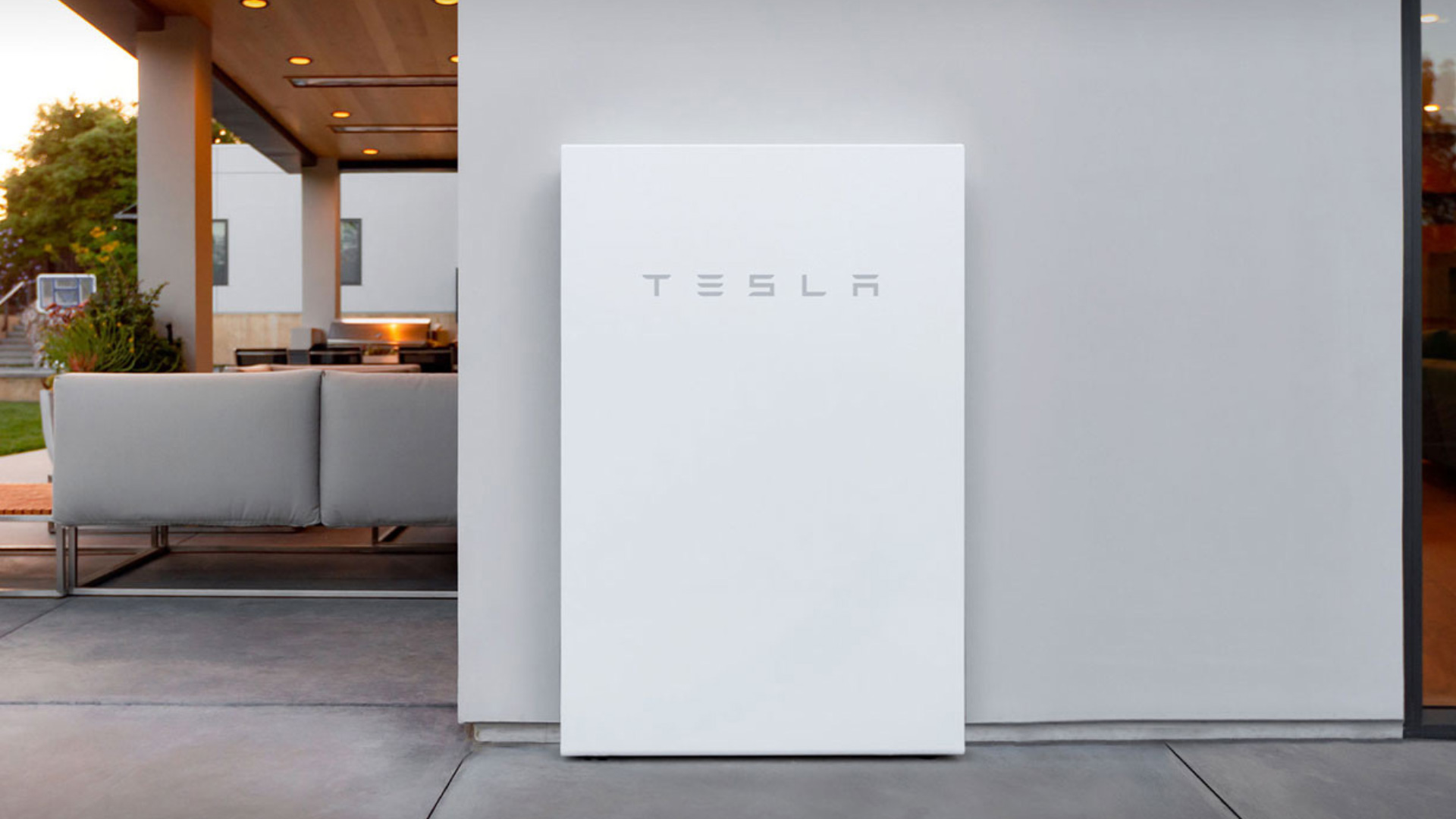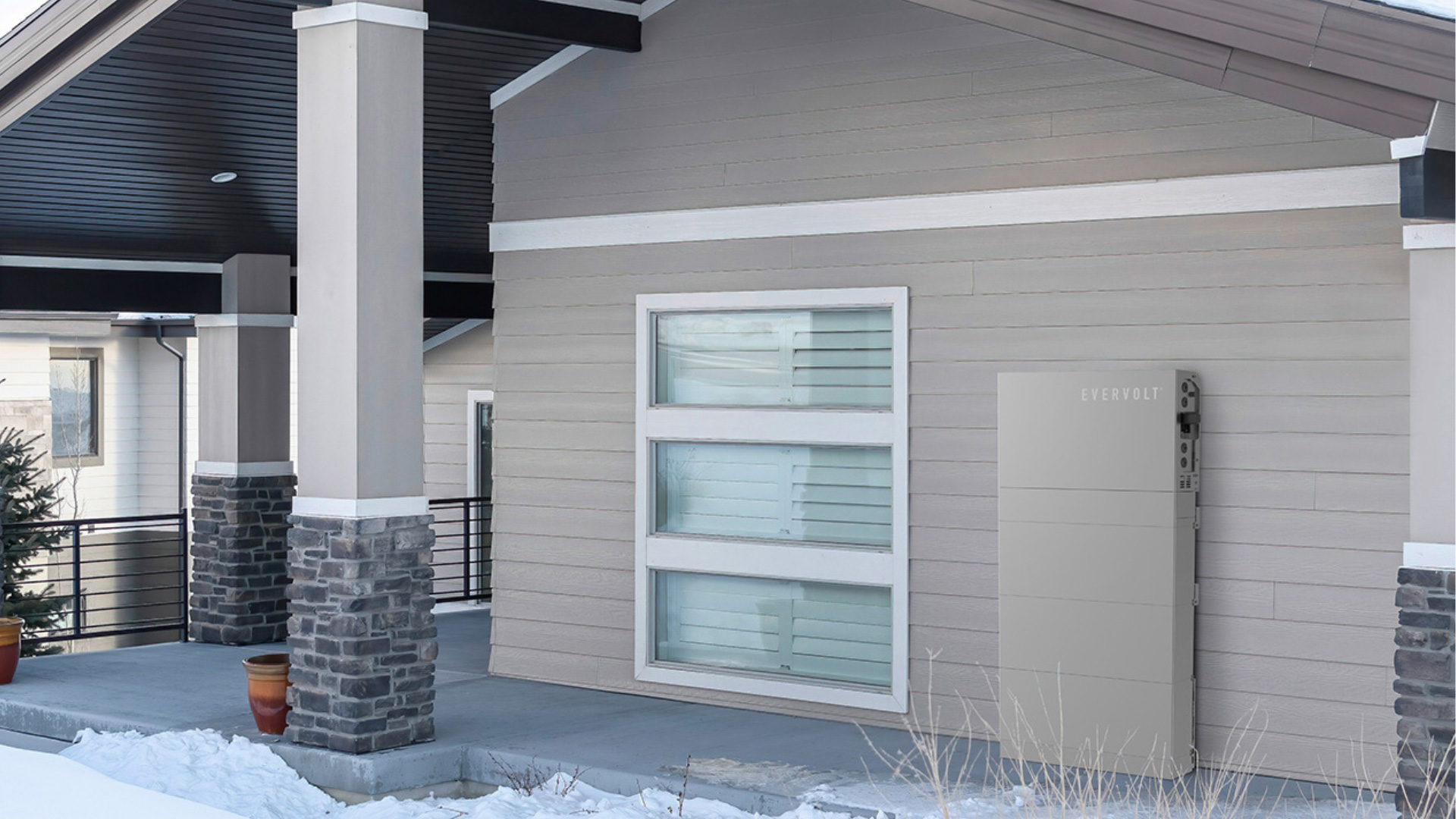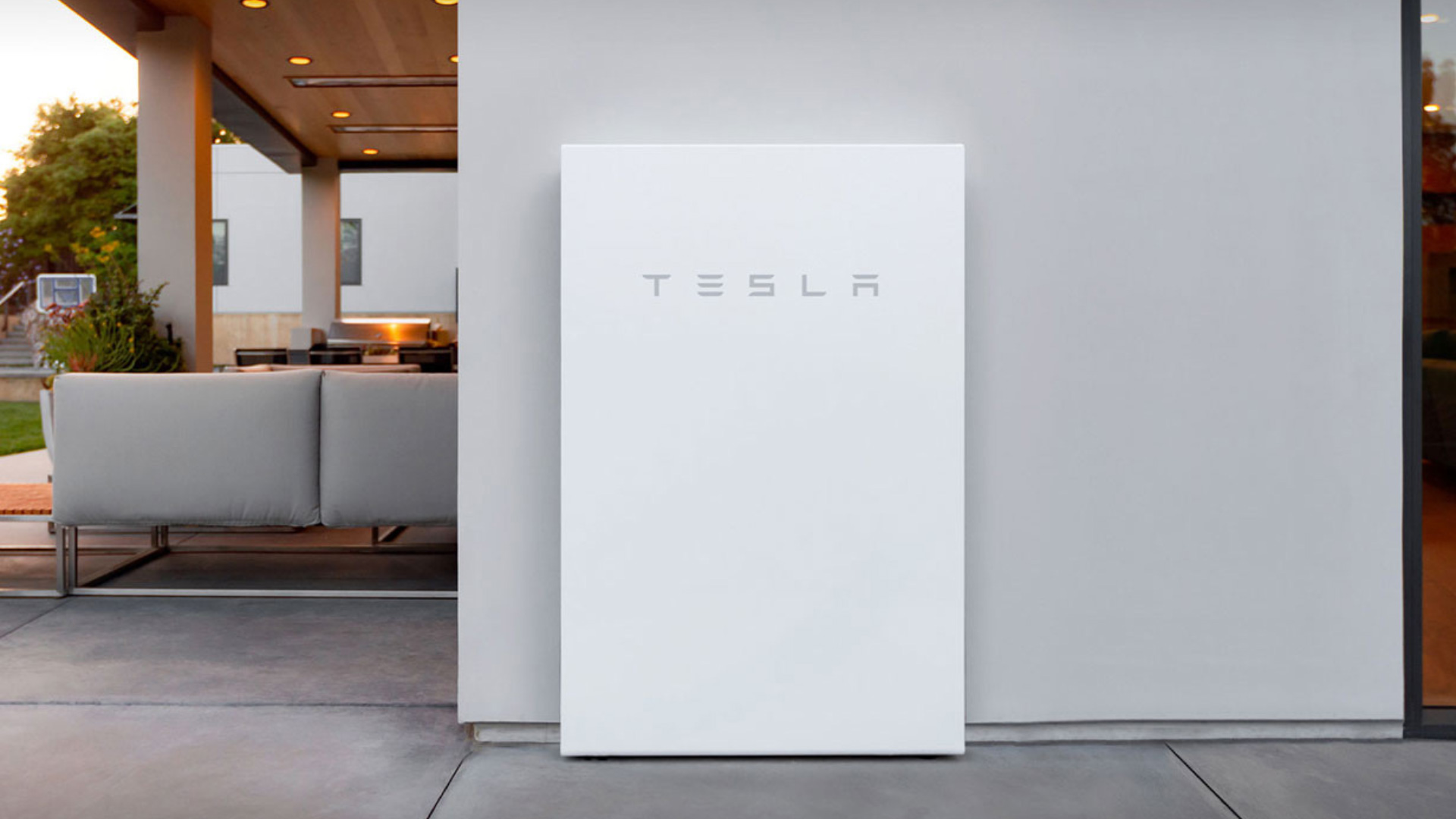Solar inverters play a key role in the functionality of a home solar system by converting direct current (DC) from the panels into alternating current (AC) which is the usable form of electricity in your home. Therefore, getting an efficient inverter that enables you to meet your home energy requirements is vital.
Enphase and SolarEdge are the two companies with the largest share of the U.S inverter market. Despite their market dominance, the two companies use different technologies to manufacture their inverters. This article compares the products from both companies to help homeowners identify the inverter that is right for them.
1. Enphase vs. SolarEdge: Technologies
There are usually three types of inverters: string (centralized) inverters, microinverters, and power optimizer systems. Microinverters and power optimizers are usually known as Module-Level Power Electronics (MLPEs) and allow for monitoring, meaning you can view the amount of power each panel produces in real-time and generate weekly, monthly, and annual reports. String inverters are more inflexible and do not allow for such detailed monitoring.
Both Enphase and SolarEdge inverters are MLPEs. However, SolarEdge inverters use the power optimizer system technology, while the Enphase uses the Microinverter technology.
2. Scalability
The Enphase microinverter technology allows you to add more solar panels with compatible microinverters enabling you to increase your capacity should your energy demands increase. You can add unlimited panels when you have this system.
SolarEdge, on the other hand, is more limited when it comes to scalability. Their central inverters can only allow for a certain number of solar panels, meaning it will be challenging to increase your energy output should your demands increase.
3. Storage Options
Backup batteries store unused solar power to meet household energy demands during power outages or when solar production is insufficient. Enphase and SolarEdge offer differing solutions when it comes to energy storage.
Enphase uses proprietary batteries known as the Enphase Ensemble. These batteries are more costly and provide relatively less power output and storage capabilities compared to other backup solutions in the industry. It is also challenging to pair non-Enphase batteries with your system, as its microinverter design only allows you to use AC-coupled batteries rather than the more efficient DC-coupled ones.
SolarEdge offers a DC-coupled backup solution, StorEdge, that is compatible with high-powered backup solutions in the market. You, therefore, have the option of choosing a battery of your choice that will cater to your household’s energy demands.
4. Warranty
Both Enphase microinverters and SolarEdge power optimizers inverters come with a 25-year product warranty. The SolarEdge central inverter has a 12-year warranty, but this type of warranty does not apply to Enphase as it does not have a centralized inverter. SolarEdge also offers a 12-year warranty on monitoring systems, but Enphase does not have the same package. The product warranties for both products cover product failures, but do not cater to installation labor.
5. Efficiency
In solar systems, efficiency is measured by the amount of light converted into electricity. The higher the conversion rate, the more efficient a solar system is, allowing you to generate more electricity with fewer panels. The inverter also has to be efficient, meaning there should be minimal power loss during the DC-to-AC conversion.
SolarEdge inverters have a 99.5% efficiency, while the Enphase IQ 7 series inverters have a 97% efficiency. SolarEdge, therefore, has a slight edge over Enphase when it comes to efficiency.
Choose a Solar Installer You Can Trust
Enphase and SolarEdge offer top-notch inverter solutions that have distinct features. The choice of the product to go with will largely depend on your current and future energy needs. Solar Optimum is an award-winning solar installer that can advise you on the most suitable choice and carry out the entire installation process on your behalf. Contact us today to reach for energy independence.
